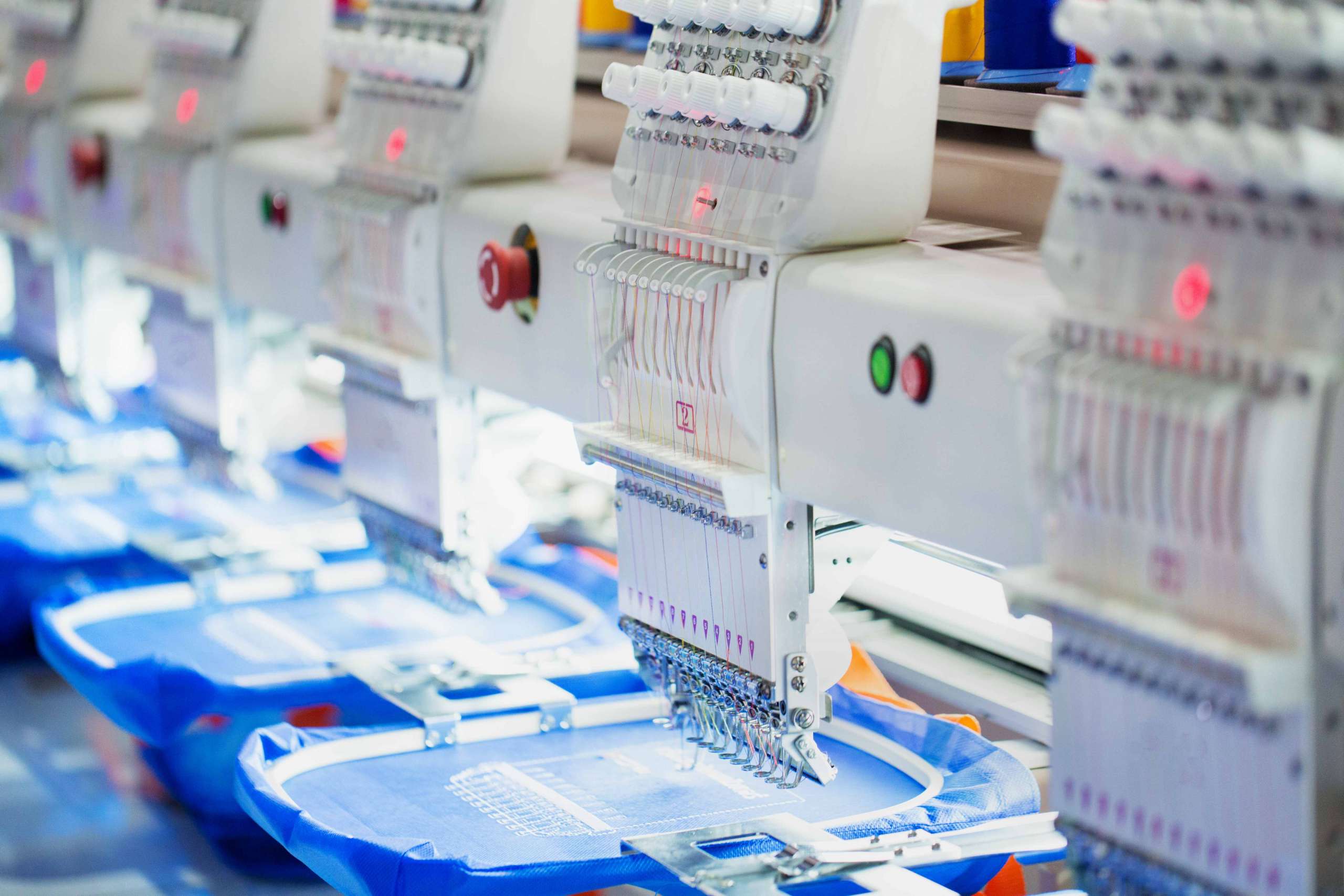How To Use Smart Textiles To Differentiate Your Brand And Earn 10x Revenue?



Imagine the shirt you wear today that can monitor your heart rate? Smart textiles, also known as functional or e-textiles, are on the way to bringing a revolution in the industrial market. Smart textiles have been in the making for over two decades now. However, recent research suggests that its market is expected to expand from a current mere $100 million to over $5 billion by 2027. Here we discuss how smart textiles can be used for brand differentiation and increasing revenue manifold.
Smart Textiles vs. E-Textiles vs. Wearable Technology
Smart textiles may be defined as textiles that can react to physical stimuli such as mechanical, electrical, thermal, chemical, etc. Although many people are still unaware of this technology, it provides benefits that add value to the fabric.
E-Textiles may be defined as a textile with electronic properties included in the textile fibers.
Wearable technology may be defined as any electronic device small enough to be worn on the body. Wearable technology integrated into a garment or controlled by an integrated panel or button can be called Interactive textiles.
Global Trends

The overall global market for smart textiles was $1.5 billion in 2020. Protective and military clothing are the key drivers of this phenomenal growth. This trend is expected to continue in the near future as well. Another critical area likely to drive growth is sports and fitness applications and health and medical applications.
According to reports, the smart fabrics and textile market will soon witness a rapid rise of 18.2% CAGR with a global market size of US$ 5709.9 million. Global conferences on smart fabrics now have a lot of presenters submitting papers on smart textile physiological monitoring devices. Military protective clothing, lighted textiles, and physiological monitoring for sports and medical applications are high growth areas. Thus, the big picture for e-textiles is encouraging, especially for electronics and how they connect with the body.
Brand Differentiation Using Smart Textiles
Since Smart Textiles are set to grow exponentially in the near future, many companies are entering the fray. Some of them are Textronics, Toray Industries, Milliken, DowDuPont, Outlast, d3o lab, Schoeller Textiles AG, Ohmatex ApS, and Texas Instruments. One of the European Space Agency has been heavily investing in smart textile technology to develop space suits that counteract the effects of zero gravity. It is developing a smart sock that will help reduce muscle degeneration experienced through the loss of gravity. The result has been a shock that has sensors to record the electrical activity of muscles.
Apart from this, another prominent example is Astroskin, a smart t-shirt that records the health parameters of the astronaut and shares them with medical teams on earth. Thus real-time monitoring of vital health parameters is made possible. A mission in Antarctica is currently being monitored using this technology, and the Canadian space agency is analyzing the results for future space missions.
Evolution And Proliferation Of Smart Textiles
Military and protective clothing account for nearly one-third of the smart textiles market, which will remain so in the near future. Therefore, any company wanting to see windfall profits quickly will not overlook this segment.
The focus should be on developing a new clothing class capable of gathering information, transporting data, and communicating with the wearer or a third party. Sensors and circuits are to be directly integrated into the dress.
A conductive yarn in the clothing can be made to act as a capacitive touch sensor, and stretchable conductive fabrics can be made to act as a stretch sensor. In addition, the availability of microcontroller platforms like Arduino has helped control and program sensors and actuators and made it possible for the less technically inclined to develop their prototypes.
However, recent advances in research and technology have minimized the size of sensors and made them easy to use, like the PPG sensor that can sense blood oxygen saturation and heartbeat. Further, the arrival of new conductive textiles and inks has simplified the making of sensors.
Potential Drawbacks Of Smart Textile Fabrics
Imagine riding a bicycle on the streets while listening to your favorite music. Suddenly, a message pops up, and you can directly read it by touching your shirt’s sleeves.
Isn’t it cool?
It might look futuristic to you, but it is now possible because of smart fabrics. Although this technology is making everyone wonder how we are yet to see the mass production of smart textile products due to the following reasons-
- The most obvious pitfall of smart textile products is the unnecessary disturbance that the wearer has to go through every time there’s a new notification.
- What if my leg positions may change the TV channels? Every time there’s a movement, the channel will automatically flip, which can annoy the people in the room.
- Would you ever like to invest in a product that will fade away after 3-5 washes? The smart textile product should have the capability to go for unlimited washes without turning off or failing the system.
Revenue Generation

Companies must focus on the following while going for mass production of smart textiles:
- The company must separate the mass production of the garment’s Fabric circuit Boards and the sensor nodes using already available technologies.
- The FCB garment may be single, but it can be made for different applications based on the sensor selected.
- Broken nodes must be capable of being replaced without the need for discarding the garment.
- The garments should be capable of being updated by replacing the computing or sensor nodes.
- Once the garment has lasted its entire lifecycle, the electronics must be separated from the apparel and recycled or disposed of.
If the above points are kept in mind while going for mass production, the developed garment will find a ready market, and huge profits can be realized. The chief problem that will remain after this will be the interconnection between the FCB’s and the active nodes. They need to be robust and reliable. Also, they have to be standardized. All this is possible in principle because of the advancements in the microelectronics domain.
Conclusion
Smart textiles offer an exciting area of research. Several major companies like Adidas and Nike are betting big on the efficacy of smart textiles. In addition, universities like the North Carolina State University College of Textiles, Tampere University of Technology, and the Swiss federal institute of technology have played an important role in R&D related to smart textiles. From designing space suits to making clothes that monitor and keep a tab of your vital health parameters, a lot of research is happening worldwide.
Are you looking for smart textiles? Or do you have any such requirements? If yes, We at Fashinza can help you out. Fashinza can connect you with the best manufacturers and help you scale your business right away with the right deals. To learn more, visit our website today!



















